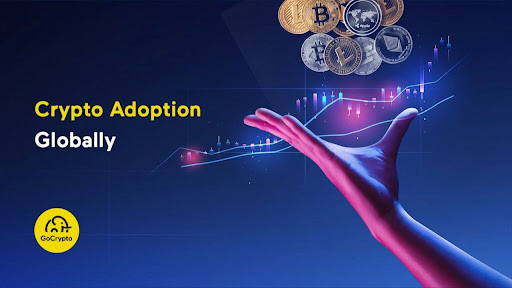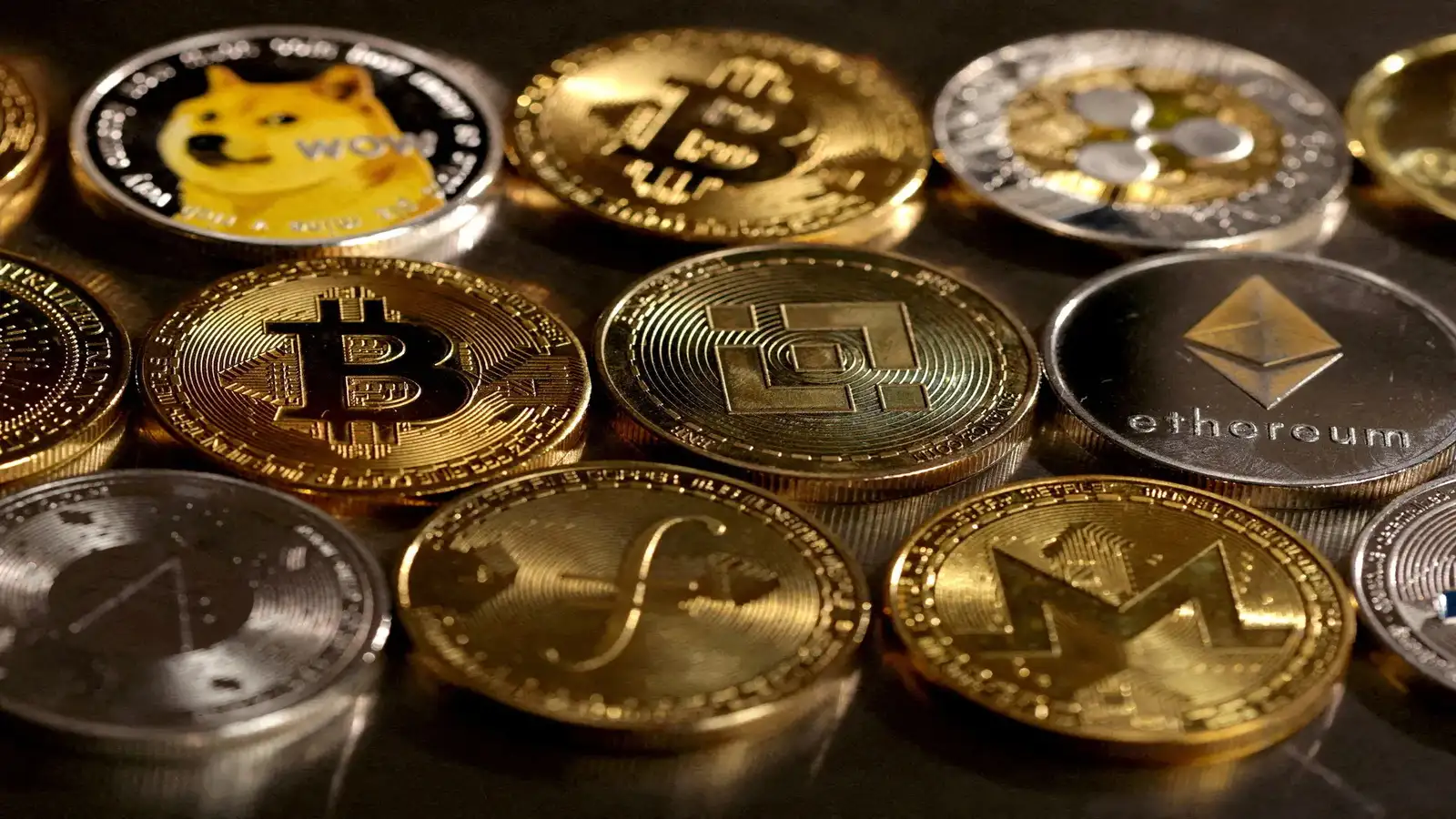
In 2025, Bitcoin has evolved from a decentralized digital currency into a significant asset for governments and large corporations. This shift has sparked discussions about its...

Wallet of Satoshi Launches Self-Custodial Lightning Wallet on Spark Wallet of Satoshi, a prominent Bitcoin Lightning Network wallet, has announced the launch of its self-custodial Lightning...

XRP Ledger Surges in Popularity: Payments, DeFi, and Tokenization Shine The XRP Ledger (XRPL) is stepping into the spotlight, drawing fresh attention for its growing role...

The cryptocurrency world is abuzz with the emergence of Block3, an innovative project that combines artificial intelligence (AI) and blockchain technology to transform game development. This...

Green Minerals AS Secures Up to 250 Million NOK in Structured Financing to Bolster Bitcoin Holdings http://live.euronext.com/en/products/equities/company-news/2025-07-02-green-minerals-signs-nok-250-million-structured-financing?utm_source=openai Flexible Financing Structure The agreement provides Green Minerals with...

Injective Launches Native Ethereum Virtual Machine (EVM) Testnet Injective, a blockchain platform known for its focus on decentralized finance (DeFi), has recently launched its native Ethereum...

PENGU Meme Coin Surges 50% as Bullish Breakout Sets Up New Targets Meme favorite Pudgy Penguins (PENGU) has taken crypto traders by surprise, climbing 50% in...

In the ever-changing world of cryptocurrency, finding a reliable and straightforward way to earn can be challenging. BCC Mining offers a solution by providing free cloud...

As cryptocurrencies like Bitcoin and Dogecoin continue to gain traction, many individuals are exploring ways to earn passive income in the digital asset space. One popular...

The Bitcoin market is experiencing notable shifts as long-term holders (LTHs) are increasingly selling their holdings, coinciding with substantial inflows into U.S.-listed spot Bitcoin exchange-traded funds...